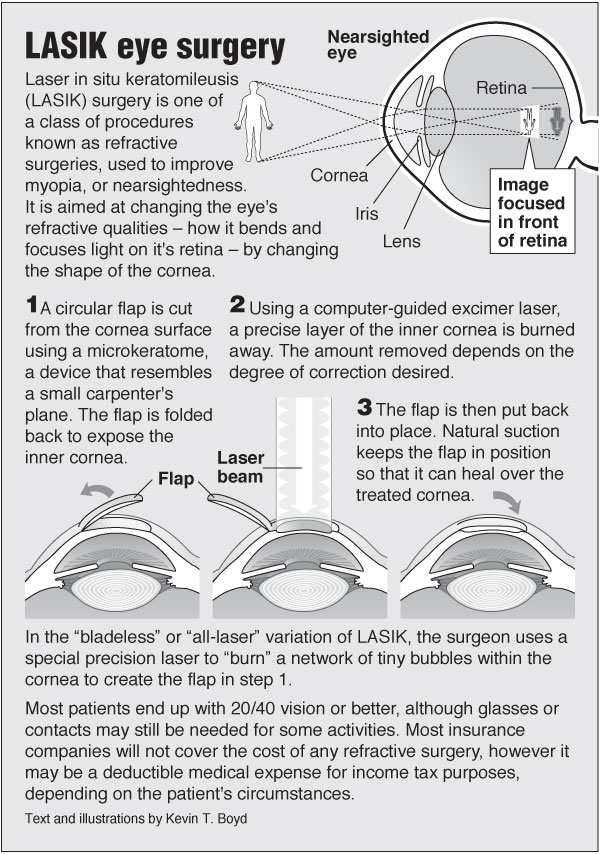A Detailed Examination Of Modern Cataract Surgery Methods
A Detailed Examination Of Modern Cataract Surgery Methods
Blog Article
Published By-Cullen Kearney
As you discover the evolution of innovative cataract surgical procedure techniques, you'll witness a journey noted by ingenuity and precision. From old techniques that paved the way for contemporary innovations to advanced modern technologies that are reinventing the field, the detailed overview of cataract surgical treatment methods is a testament to human progress and devotion to boosting client outcomes. The intricate interaction in between historic approaches and advanced innovations produces an appealing story that clarifies the development of among one of the most usual surgeries worldwide.
Historical Strategies and Developments
Explore how early cosmetic surgeons reinvented cataract treatment by employing ingenious techniques and tools. In the past, cataract surgery was a high-risk and painful treatment. Nonetheless, old Indian doctors were among the initial to attempt surgical treatments for cataracts, making use of a method called 'formulating' where a sharp tool was made use of to push the cataract back right into the eye. This approach, though crude by today's standards, laid the groundwork for future innovations in cataract surgical procedure.
As time advanced, Arab doctors made substantial contributions by creating specialized needles for cataract extraction. These needles were made use of to penetrate the cataract and then remove it from the eye, noting a considerable renovation in medical accuracy.
Later on, in the 18th century, the French specialist Jacques Daviel originated the strategy of extracapsular cataract extraction, where the entire lens was gotten rid of undamaged through a larger incision. This noted a major development in cataract surgery methods, paving the way for the modern procedures we utilize today.
Modern Surgical Approaches
Early techniques in cataract surgical treatment have actually evolved significantly, causing the development of contemporary medical techniques that focus on precision and enhanced individual outcomes. Modern cataract surgical treatment now often entails a procedure called phacoemulsification, where an ultrasonic tool breaks up the cataract for removal via a tiny incision. This technique allows for quicker recovery and minimizes the risk of issues contrasted to older techniques.
Furthermore, making cataract surgery research topics of sophisticated intraocular lenses (IOLs) has changed cataract surgery end results. These lenses can fix not only the cataract but additionally various other refractive mistakes like astigmatism, decreasing the demand for glasses post-surgery.
Surgeons today additionally have access to advanced imaging technologies that help in precise preoperative preparation and intraoperative decision-making. Optical coherence tomography (OCT) and various other imaging methods supply detailed pictures of the eye's frameworks, allowing for a more tailored method per patient's surgical procedure. With these improvements, modern cataract surgical procedure techniques remain to improve, using clients safer procedures and much better visual results.
Arising Technologies in Cataract Surgical Treatment
With advancements in innovation changing the field, cataract surgical treatment is witnessing the assimilation of ingenious strategies for boosted person results. Emerging technologies in cataract surgical procedure are reshaping the landscape of ocular procedures. One such development is femtosecond laser innovation, which allows for specific corneal lacerations, capsulotomies, and lens fragmentation, leading to boosted surgical accuracy and results.
Additionally, intraoperative aberrometry is gaining appeal, making it possible for real-time measurements of refractive mistakes during surgical treatment to enhance intraocular lens power estimations and reduce postoperative refractive surprises.
Additionally, using advanced imaging technologies like optical comprehensibility tomography (OCT) and intraoperative wavefront aberrometry help cosmetic surgeons in accurate medical planning and execution. cataract surgery fasting guidelines provide detailed anatomical info and help tailor medical techniques for every patient's one-of-a-kind eye characteristics.
In addition, advancements in expert system are being discovered to assist in preoperative planning, intraoperative decision-making, and postoperative treatment, potentially enhancing medical outcomes and client fulfillment. Accepting these arising innovations in cataract surgery holds guarantee for further enhancing individual outcomes and making sure the proceeded advancement of ophthalmic surgical strategies.
Final thought
As you journey with the history of cataract surgical treatment, you witness the transformation from old techniques to advanced technologies. Like a phoenix metro climbing from the ashes, cataract surgery has actually evolved into a sign of hope and development.
Just as a caterpillar emerges from its cocoon as an attractive butterfly, cataract surgical procedure has thrived right into a polished art type, offering people clearer vision and a brighter future.
The evolution continues, shining a light on endless possibilities.
